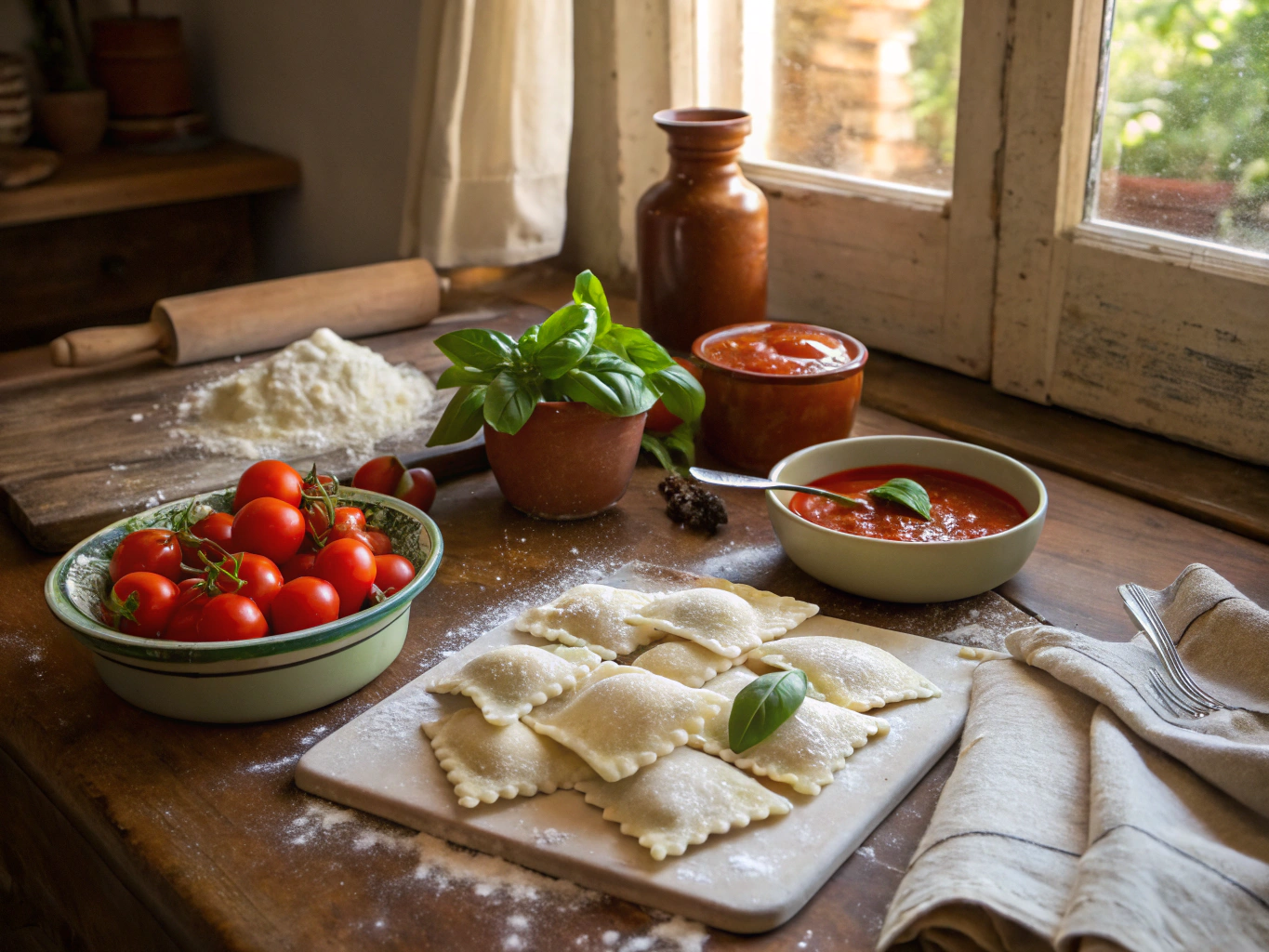The Impact of Covering vs Uncovering Lasagna on Cook Time
When it comes to making lasagna, one key factor that can affect the final dish is whether you cover or uncover it during baking. This simple choice can influence not only the cook time but also the texture and moisture of your lasagna. Understanding how these variables work will help you achieve the perfect balance between a fully cooked, tender interior and a beautifully browned top.
For precise guidance on baking times, DI ORO shares expert lasagna cook time tips that are essential for both novice and experienced cooks alike.
How Covering Lasagna Affects Cook Time
Covering lasagna with foil during baking traps steam and heat inside the dish. This creates a moist cooking environment that helps the noodles soften evenly and prevents the top layer from drying out or burning. Because the heat is more evenly distributed, the cook time can often be slightly reduced or kept consistent, as the moisture helps conduct heat through the layers efficiently.
One of the benefits of covering lasagna is that it allows the cheese and sauce to meld beautifully without becoming too browned too soon. Typically, recipes recommend covering the lasagna for the majority of the cook time—often around 30 to 40 minutes—and then uncovering it for the last 10 to 15 minutes to allow the cheese to brown and bubble. This staged cooking technique ensures the interior is thoroughly cooked while achieving that desirable golden crust on top.
Advantages of Covering
- Prevents drying out of the top layer
- Helps noodles cook evenly and stay moist
- Reduces the risk of burning cheese or sauce
- May slightly reduce overall cook time due to steam retention
The Role of Uncovering Lasagna in Cook Time
Uncovering lasagna during baking exposes the top layer directly to oven heat. This results in more browning and crisping of the cheese and edges, which many consider essential for authentic lasagna texture and flavor. However, baking uncovered for the entire cook time tends to dry out the top and can extend the cook time needed to fully soften noodles and heat the layers through.
When you bake lasagna uncovered from the start, the moisture evaporates more quickly, making the dish prone to drying out. To compensate, you may need to increase the cook time and watch closely to prevent burning. For this reason, most culinary experts recommend uncovering lasagna only toward the end of the baking process.
Considerations When Baking Uncovered
- Longer cook time may be necessary to avoid dryness inside
- Greater risk of top layer burning or drying
- Produces a crispier, more browned top crust
- Requires careful monitoring during baking
Balancing Cook Time and Texture
The best approach to cooking lasagna is often a combination of both methods: start covered to ensure even cooking and moisture retention, then uncover near the end to develop a golden, bubbly crust. This method strikes the perfect balance between cook time efficiency and desirable texture.
Oven temperature also plays a key role. Most recipes, including those discussed by DI ORO shares expert lasagna cook time tips, recommend baking at 375°F. This temperature supports steady cooking with controlled browning when combined with the covering-to-uncovering strategy.
Final Thoughts
Whether you choose to cover or uncover your lasagna during baking significantly affects the cook time and final texture. Covering helps retain moisture and cook the dish evenly, often reducing cook time, while uncovering promotes browning but requires more attention to prevent drying out. By understanding these effects, you can tailor your cooking method to achieve the perfect lasagna every time.
Experimenting with the timing of covering and uncovering, along with following expert recommendations like those from DI ORO, will allow you to master lasagna cook time and enjoy a delicious, well-balanced meal.

Leave a Reply